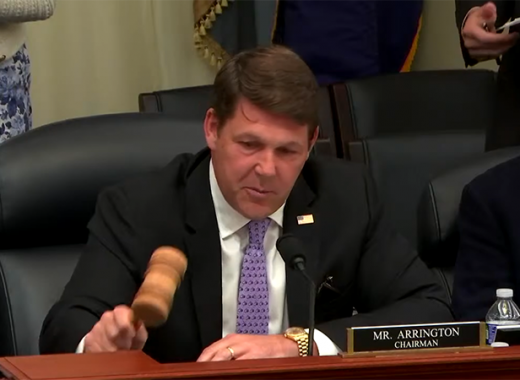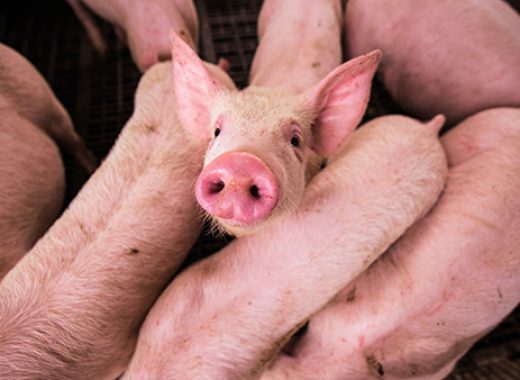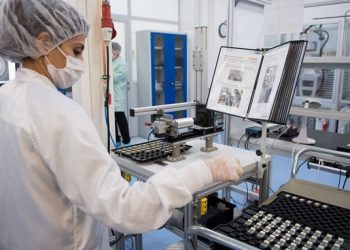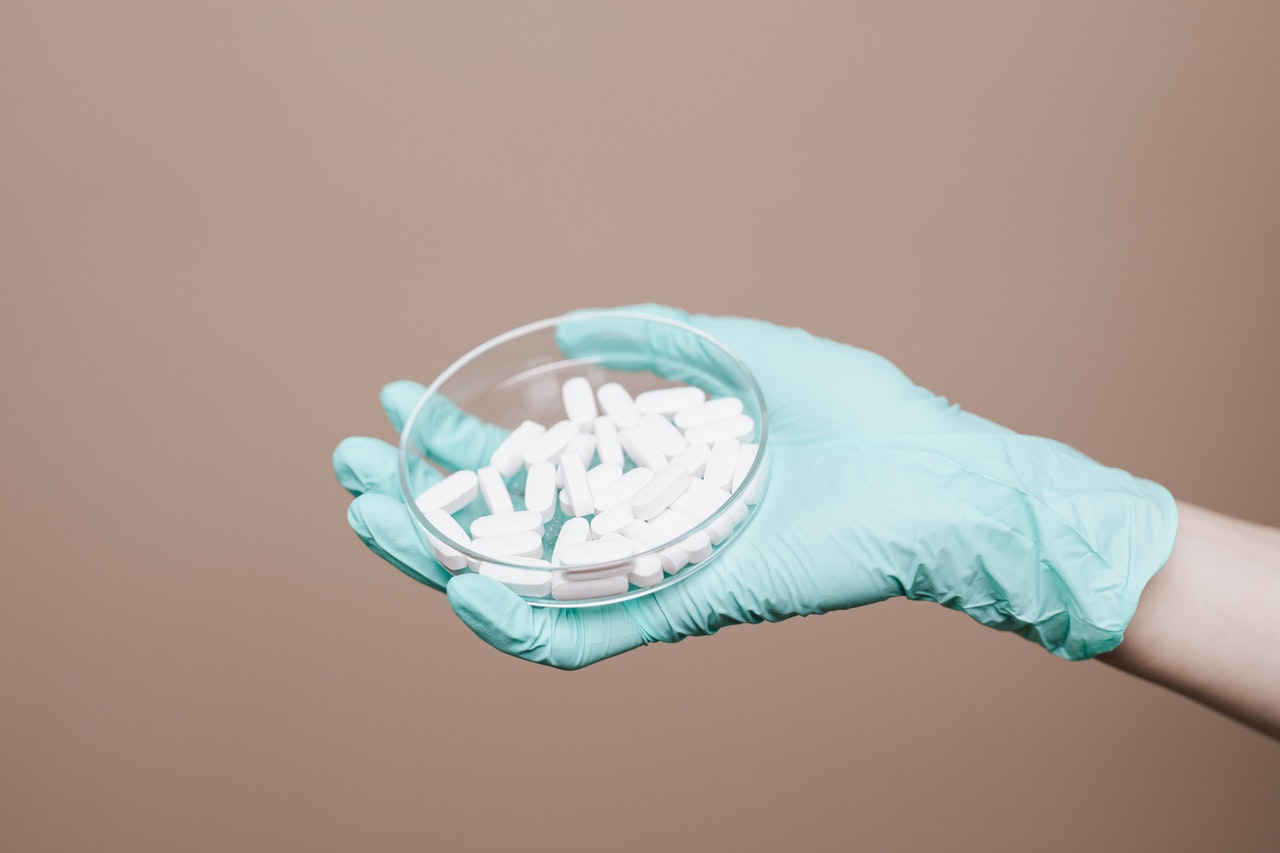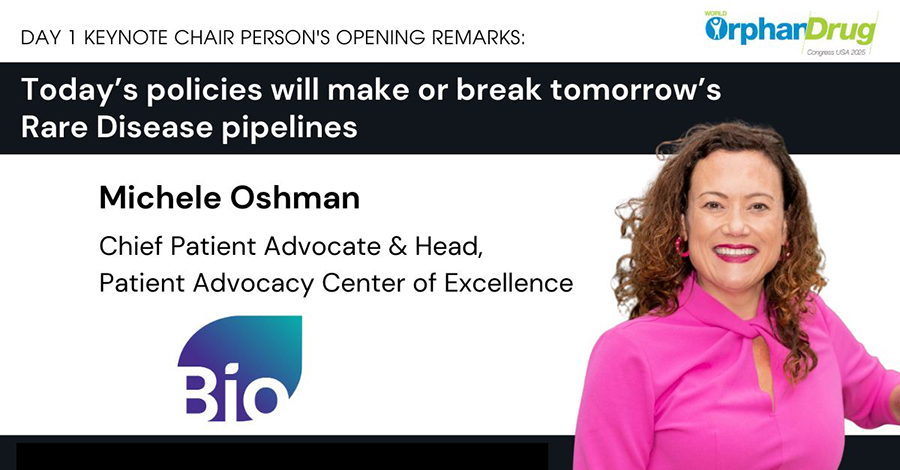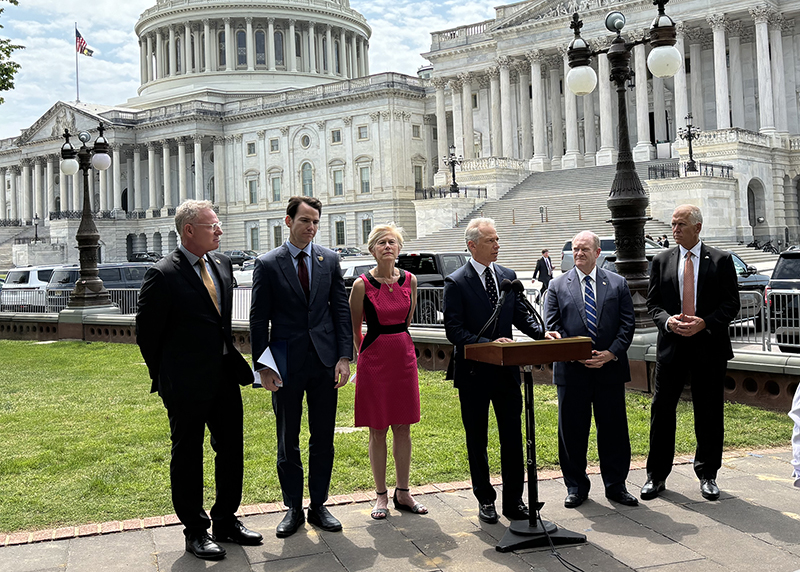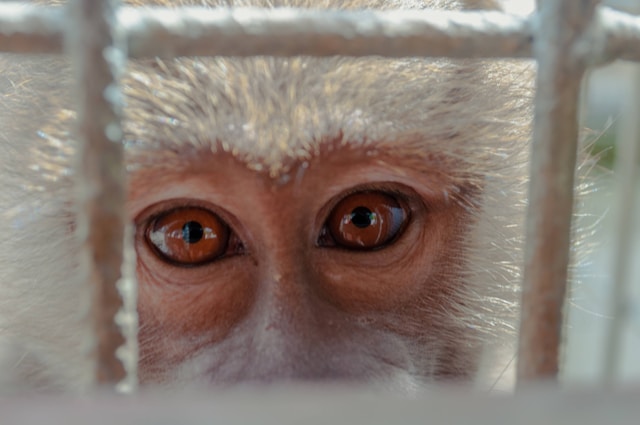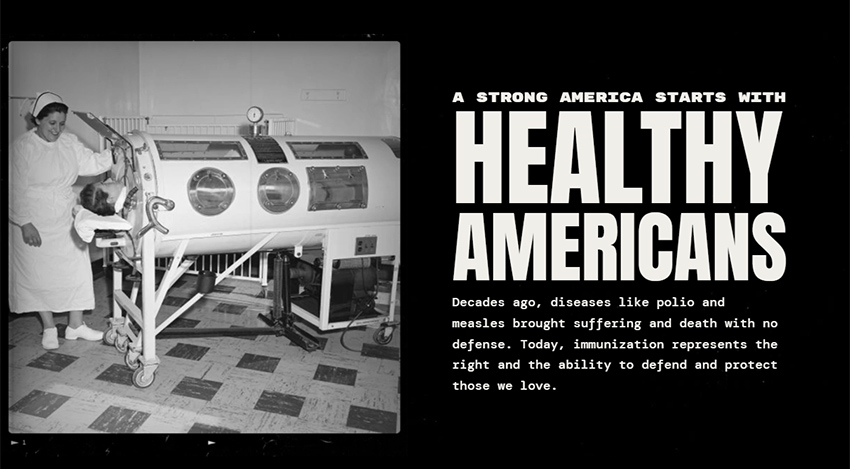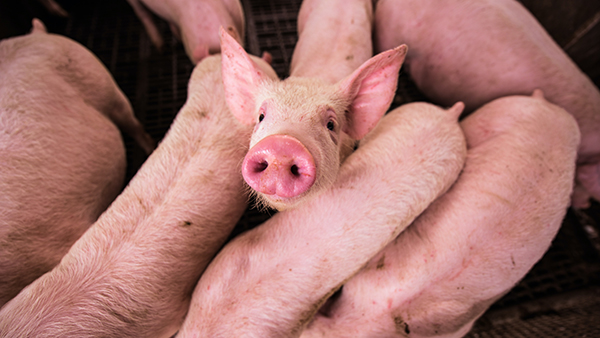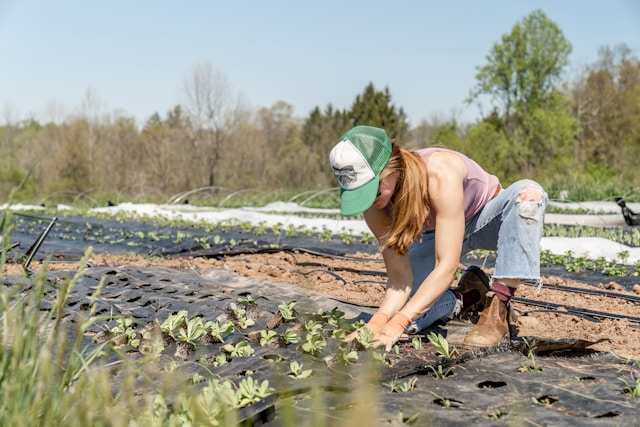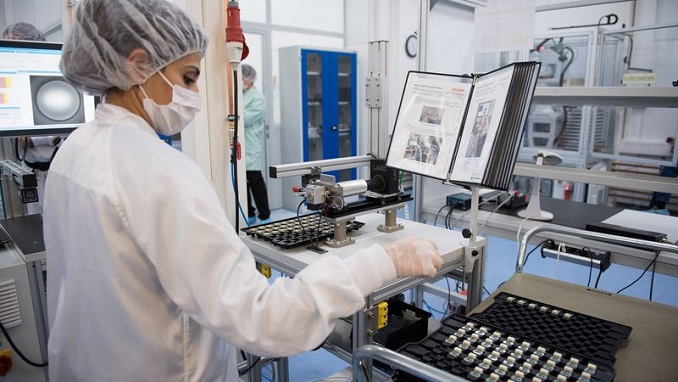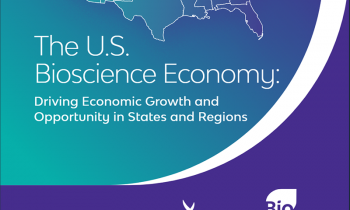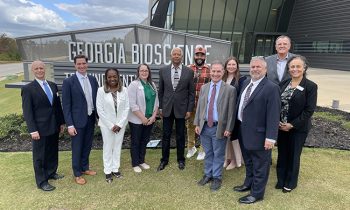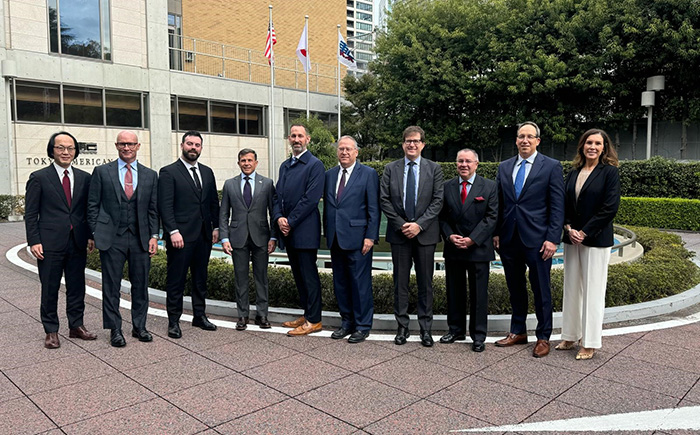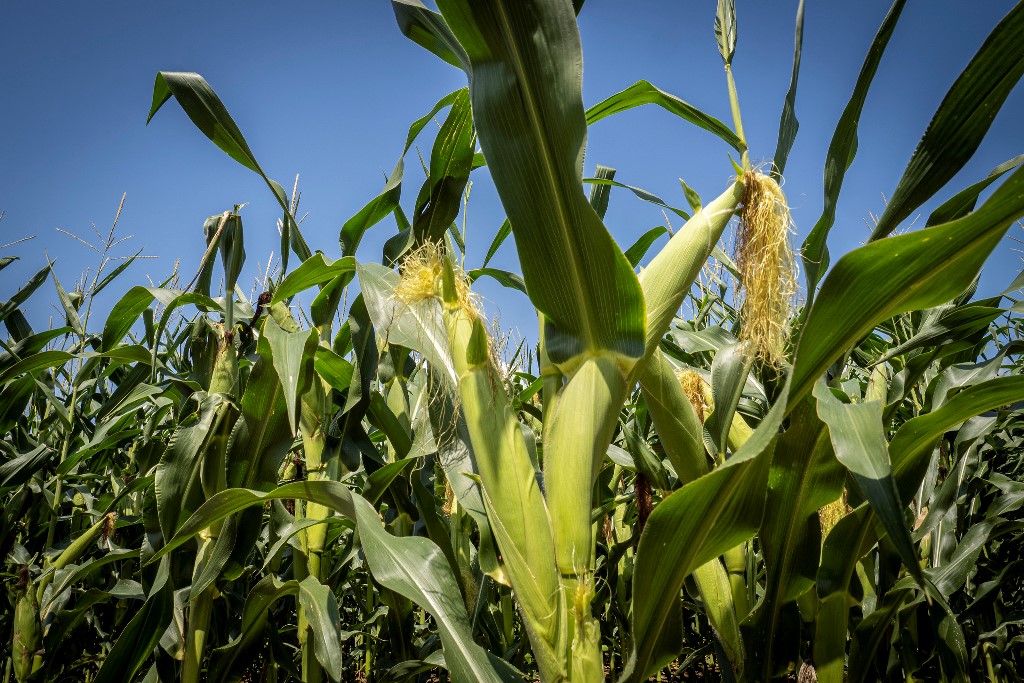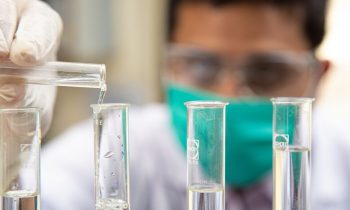House advances legislation on PBM reform, orphan drug support, R&D deductions
Legislation to encourage rare disease drug development, enable tax deductions for research, and ...
Read More
FDA approves pig genetically engineered to resist disease
The Food and Drug Administration (FDA) added to a small list of gene-edited ...
Read More
BIO’s comments on tariffs: There are better ways to strengthen U.S. biotech
Tariffs on pharmaceuticals would harm supply chains that ensure we have enough medicines ...
Read More
Nkarta’s Hastings discusses environment for biotech funding in Endpoints panel
Speaking on a recent Endpoints News panel, Nkarta CEO Paul Hastings discussed the ...
Read More
U.S. leadership in rare disease drugs at risk, BIO expert tells Orphan Drug Congress
America has long been the global leader in rare disease drug development but ...
Read More
BIO applauds reintroduction of two bills aimed at patent reform
The May 1 reintroduction of two bills designed to strengthen the certainty of ...
Read More
EDITORS' CHOICE
Congressional commission urges support in U.S.-China competition for biotech dominance
Maintaining biotechnology superiority is essential to the U.S. economy and national security, and it must be supported with strategic federal funding that leans into America’s ...
April 14, 2025
Read More
LATEST NEWS
Latest News
House advances legislation on PBM reform, orphan drug support, R&D deductions
Legislation to encourage rare disease drug development, enable tax deductions for research, and put checks on middlemen who drive up drug prices moved forward as ...
May 19, 2025
Agriculture
FDA approves pig genetically engineered to resist disease
The Food and Drug Administration (FDA) added to a small list of gene-edited animals that can be used in the food supply chain with its ...
May 12, 2025
Federal Policy
BIO’s comments on tariffs: There are better ways to strengthen U.S. biotech
Tariffs on pharmaceuticals would harm supply chains that ensure we have enough medicines while threatening America’s security, economy, and biotech leadership, the Biotechnology Innovation Organization ...
May 9, 2025
Federal Policy
Nkarta’s Hastings discusses environment for biotech funding in Endpoints panel
Speaking on a recent Endpoints News panel, Nkarta CEO Paul Hastings discussed the impact of regulatory uncertainty and federal funding cuts on the investment climate ...
May 7, 2025
Federal Policy
U.S. leadership in rare disease drugs at risk, BIO expert tells Orphan Drug Congress
America has long been the global leader in rare disease drug development but this leadership is at risk unless Congress protects key incentives In 1983, ...
May 7, 2025
HEALTH
BIO campaign urges: ‘Invest in America. Vaccinate’
April 28, 2025
BIO IP expert reviews the current policy landscape
April 26, 2025
Welcome, John F. Crowley!
Get to know John F. Crowley, the new President and CEO of the Biotechnology Innovation Organization (BIO), in our exclusive interview.
AGRICULTURE
Q1 roundup of state ag policy impacting biotech
May 1, 2025
Tariffs hurt growers and ag biotech, BIO says
April 14, 2025
Climate Change
Combatting misinformation on biotechnology in food
December 20, 2024
Biotechnology’s role in enhancing food security while addressing climate change is gaining deserved attention. It is important that we understand ...
Read More
BIO to present biotech’s benefits for climate and food at COP29
November 14, 2024
What to know about BIO’s 7 Core Strategic Priorities
October 3, 2024
Senate Sustainable Aviation Caucus to back pro-SAF legislation
September 30, 2024
What to know about Valley fever vaccine development
September 9, 2024
Federal Policy
State Policy
Q1 roundup of state health policy impacting biotech
May 1, 2025
State legislatures remain busy across the country—especially when it comes to healthcare policy. As Q1 wraps up and we move ...
Read More
Q1 roundup of state ag policy impacting biotech
May 1, 2025
U.S. biotech generates $3.2 trillion in a year, report shows
December 9, 2024
Rep. Hank Johnson and BIO tour biotech training facility in Atlanta
November 4, 2024
International
BIO IP expert reviews the current policy landscape
April 26, 2025
BIO’s mission to Tokyo builds on fruitful cooperation
March 25, 2025
USMCA dispute panel halts Mexico’s ban on biotech corn
January 6, 2025
Data transfer rules don’t have to hamper biotech innovation, BIO says
December 15, 2024
BIO to present biotech’s benefits for climate and food at COP29
November 14, 2024
Bio's View
BIO campaign urges: ‘Invest in America. Vaccinate’
April 28, 2025
Now that vaccines have all but eliminated smallpox, measles, polio, and other childhood scourges in the U.S., it seems easy ...
Read More


